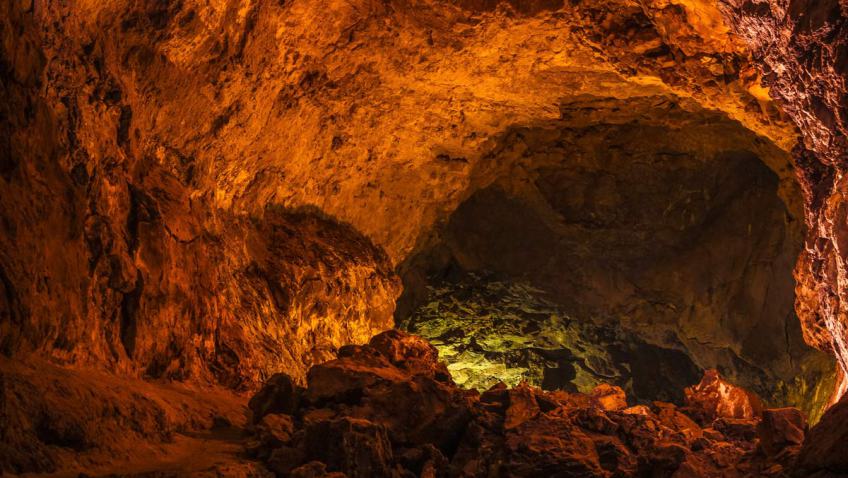The planet, named Wolf 1061c, orbits a star 14 light years away – about a third closer than the next nearest potentially inhabitable planet, which was found in 2013.
While a few other planets have been found that orbit stars closer to us than Wolf 1061, those planets are not considered to be remotely habitable.
“It is a particularly exciting find because all three planets are of low enough mass to be potentially rocky and have a solid surface, and the middle planet, Wolf 1061c, sits within the ‘Goldilocks’ zone where it might be possible for liquid water – and maybe even life — to exist,” says lead study author UNSW’s Dr Duncan Wright.
“It is fascinating to look out at the vastness of space and think a star so very close to us – a near neighbour – could host a habitable planet.
“While a few other planets have been found that orbit stars closer to us than Wolf 1061, those planets are not considered to be remotely habitable,” Dr Wright says.
The three newly detected planets orbit the small, relatively cool and stable star about every 5, 18 and 67 days. Their masses are at least 1.4, 4.3 and 5.2 times that of Earth, respectively.
The larger outer planet falls just outside the outer boundary of the habitable zone and is also likely to be rocky, while the smaller inner planet is too close to the star to be habitable.
The UNSW team made the discovery using observations of Wolf 1061 collected by the HARPS spectrograph on the European Southern Observatory’s 3.6 metre telescope in La Silla in Chile.
“Our team has developed a new technique that improves the analysis of the data from this precise, purpose-built, planet-hunting instrument, and we have studied more than a decade’s worth of observations of Wolf 1061,” says Professor Chris Tinney, head of the Exoplanetary Science at UNSW group.
“These three planets right next door to us join the small but growing ranks of potentially habitable rocky worlds orbiting nearby stars cooler than our Sun.”
Small rocky planets like our own are now known to be abundant in our galaxy, and multi-planet systems also appear to be common. However most of the rocky exoplanets discovered so far are hundreds or thousands of light years away.
An exception is Gliese 667Cc which lies 22 light years from Earth. It orbits a red dwarf star every 28 days and is at least 4.5 times as massive as Earth.
“The close proximity of the planets around Wolf 1061 means there is a good chance these planets may pass across the face of the star. If they do, then it may be possible to study the atmospheres of these planets in future to see whether they would be conducive to life,” says team member UNSW’s Dr Rob Wittenmyer.
Martha J. Weller














Am I missing something?
14 Light years away …
Whats wrong with Earth?
Why are these scientists “discovering habitable planets”
Earth Good. Real Good. Just have to get rid of all the Politicians and the Lawyers.
No need to go and screw up anther one of our CREATORS planets.
14 light years?
That would be 6 trillion X 14 or 84 trillion miles away. (8230000000000 miles)
Only a multi-generational trip would make it with our current technology.